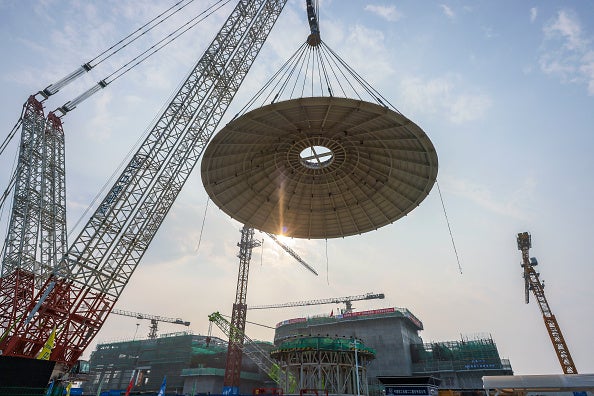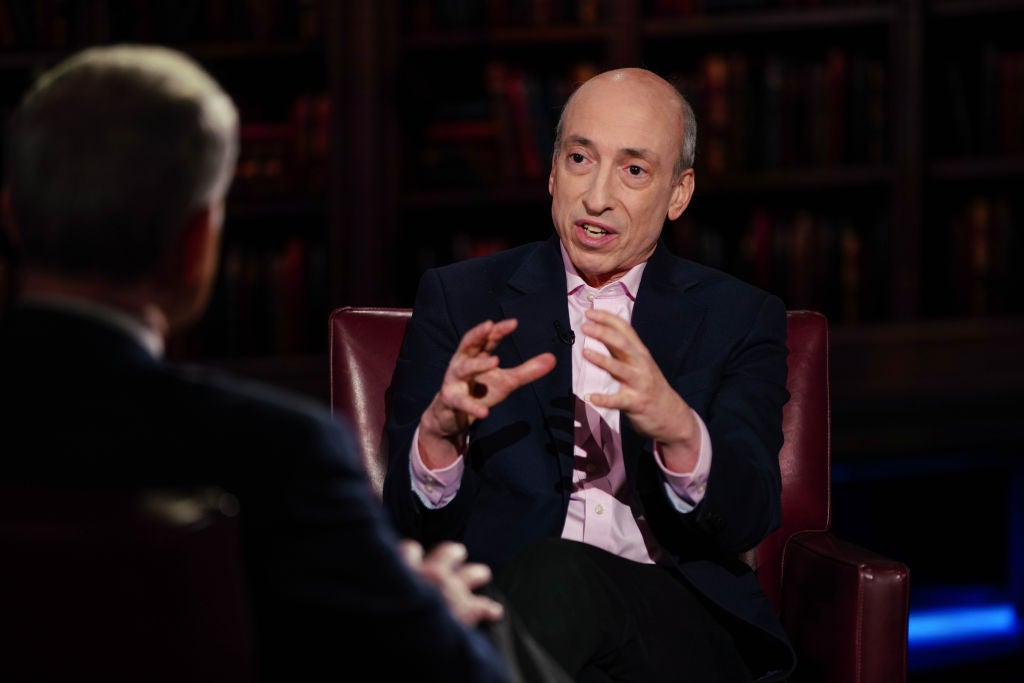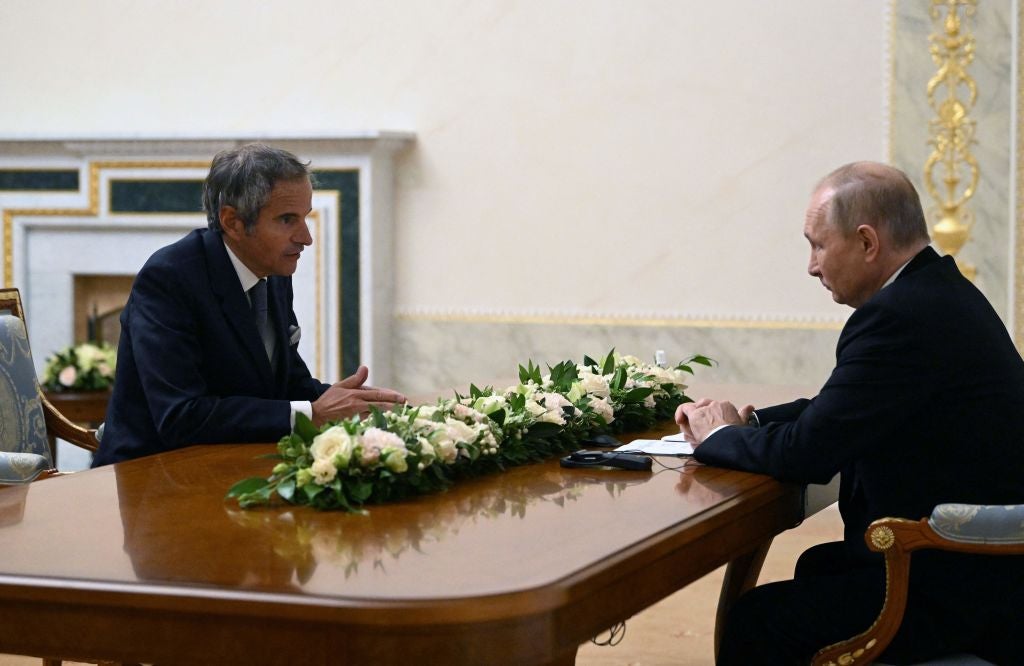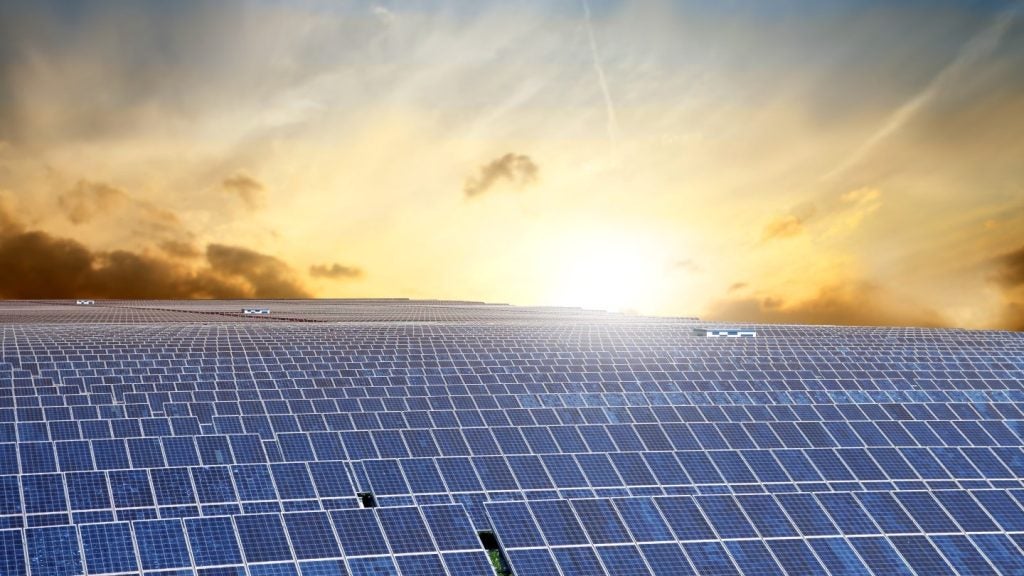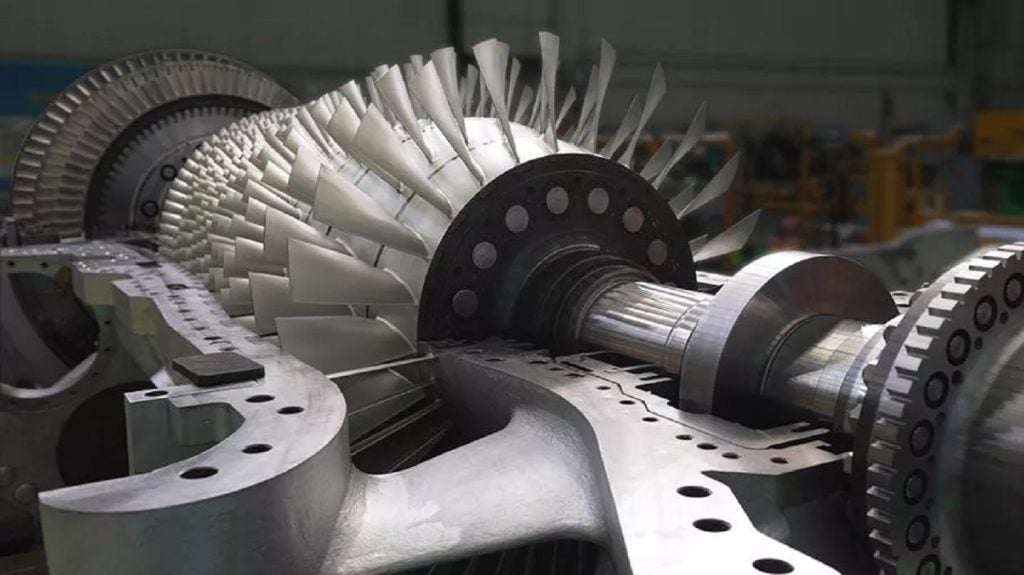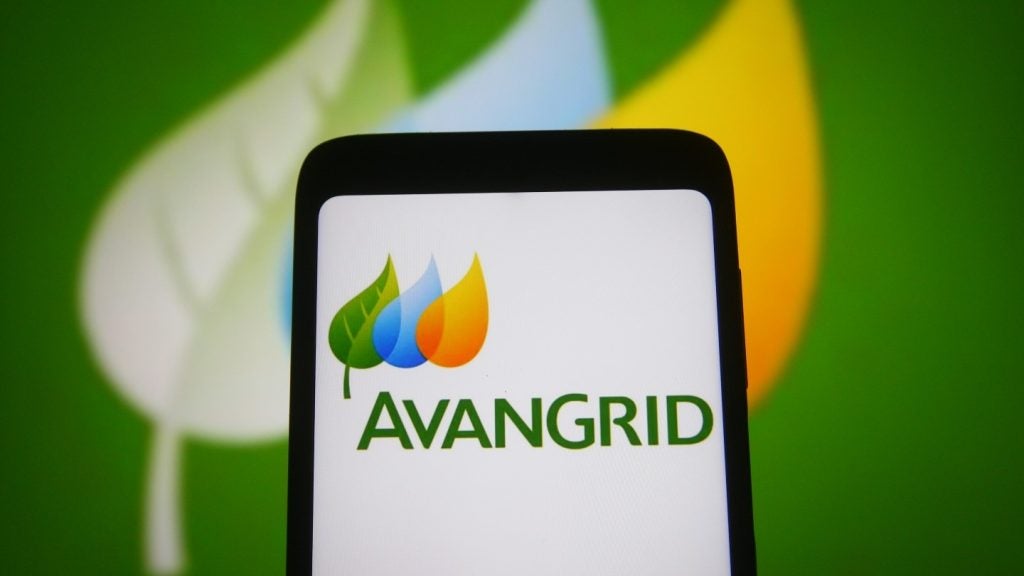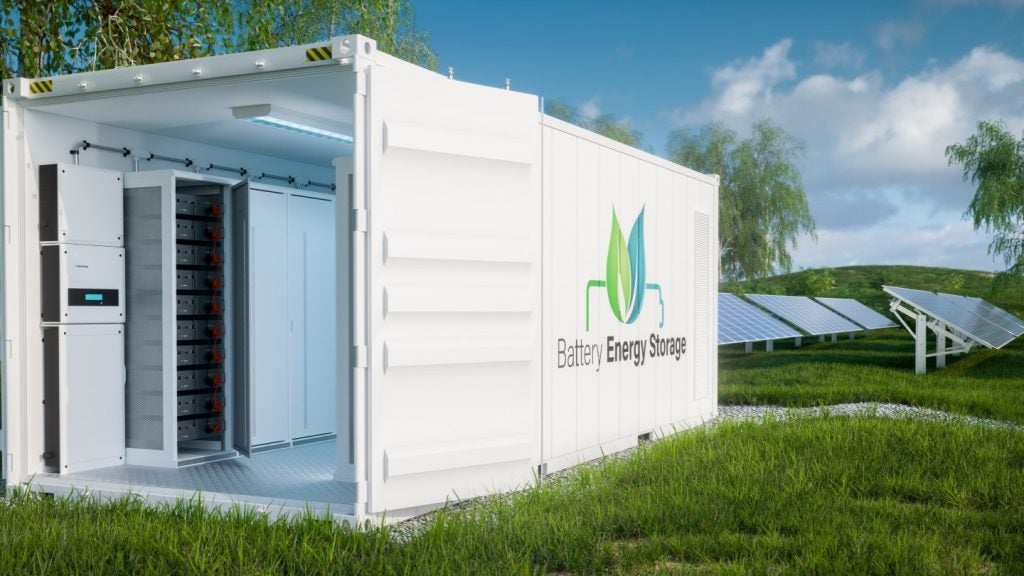South Korea’s Hyundai Engineering & Construction (Hyundai E&C) and two British companies, construction company Balfour Beatty and engineering company Mott MacDonald, will cooperate with the US’ Holtec International on their bid to build an SMR in the UK.
Last year, the UK Government set up Great British Nuclear (GBN), an arms-length body established to advance nuclear power production in the UK and start the development of SMRs. In October, EDF, GE Hitachi Nuclear Energy, Holtec, NuScale Power, Rolls Royce SMR and Westinghouse were all invited to bid for government contracts to construct SMRs.
The International Atomic Energy Agency (IAEA) defines SMRs as advanced nuclear fission reactors that have a power generation capacity of up to 300MW per unit – around a third of the capacity of traditional reactors. The ‘small’ and ‘modular’ nature of their design means they can be sited at locations unsuited to larger nuclear power plants. Their diminutive size also saves on construction time and cost.
Hyundai E&C and Holtec signed an agreement with Balfour Beatty and Mott McDonald on 5 March at the Korean Embassy in London to jointly participate in UK SMR construction. Both Korean Ambassador to the UK Yeo-cheol Yoon and John Whittingdale, Britain’s Special Envoy for Trade to Korea, were present at the signing.
Hyundai E&C said the partners “will seek close cooperation in submitting bids for GBN's SMR technology selection project, improving market competitiveness for the final investment selection of SMR deployment in the UK, and establishing strategic partnerships for the future deployment of the first SMR reactor”.
Despite significant enthusiasm surrounding the technology, there are no SMRs operational in the West yet. The most advanced SMR project in the western world was forcibly abandoned in November 2023 due to excessive costs. US-based NuScale scrapped the development with a conglomerate of Utah municipalities after the cost estimate of the project increased to $9.3bn, bringing the cost per kilowatt to $20,000 for the plant, around twice the cost of the most expensive European pressurised water reactor.


